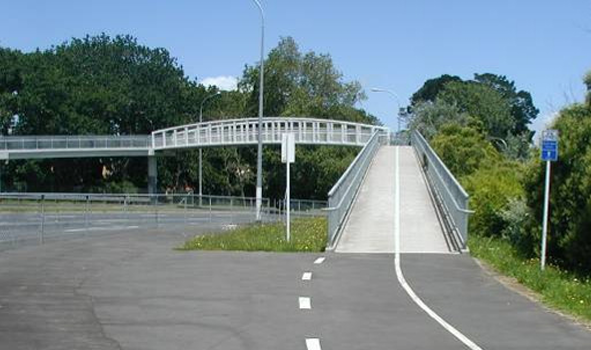Cycle route network planning using GIS
Where presented / published:
6th NZ Cycling Conference
Abstract
Cycle route network planning is usually a fairly subjective process, with local or regional council staff and perhaps cycling advocates identifying popular routes or strong desire lines for cycling. Cycle planning maps are included in cycling strategies and funding approval for individual facilities is often dependant on the route being identified in the cycle planning map.
ViaStrada has developed a more objective tool for identifying cycle routes and networks, working with the Auckland Regional Transport Authority (ARTA) and VicRoads, Melbourne. The technique uses a geographic information system (GIS) to manage, analyse and display relevant transport and demographic data in a spatial environment. The tool allows the merits of different potential routes or entire networks to be compared. This approach ensures that expenditure on designing and building cycle networks will be better spent if planning aligns with data-based predictions of where people may want to use cycle facilities, if they were to be provided.
This paper describes how demographic data (population, employment and school rolls), conventional transport planning computer model data, road and cycle route networks and other data can be analysed using the power of a GIS. This tool can be used to recommend where cycle routes and networks should be located to provide better service for more people. Like any good model, the ARTA and VicRoads cycle route network GIS models improve our understanding of a complex, underlying system (in this case the fabric of our cities) as much as it provides us with specific answers to specific cycle route network questions.
This paper has been co-authored by Andrew Macbeth (ViaStrada), Tricia Allen (ARTA) and Anthony Barton (VicRoads). The paper and the presentation are available on this website.





